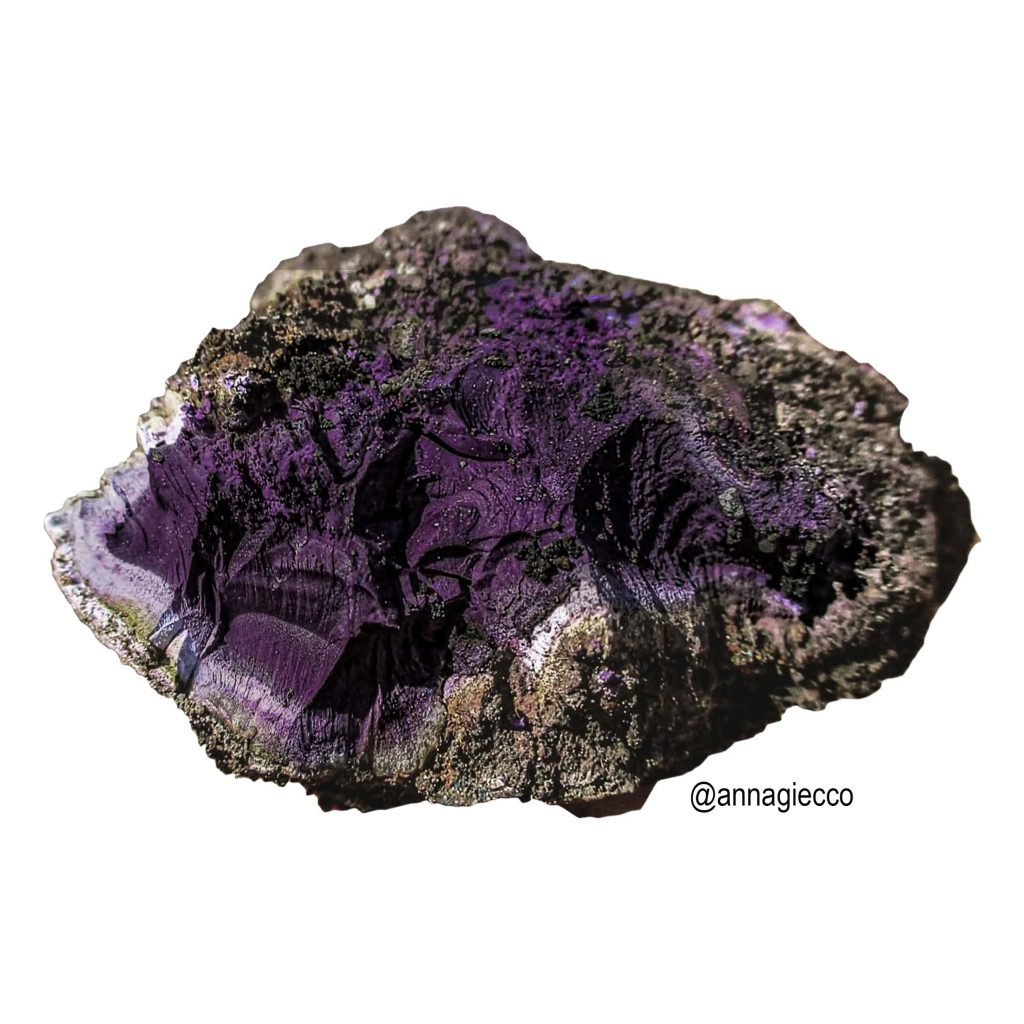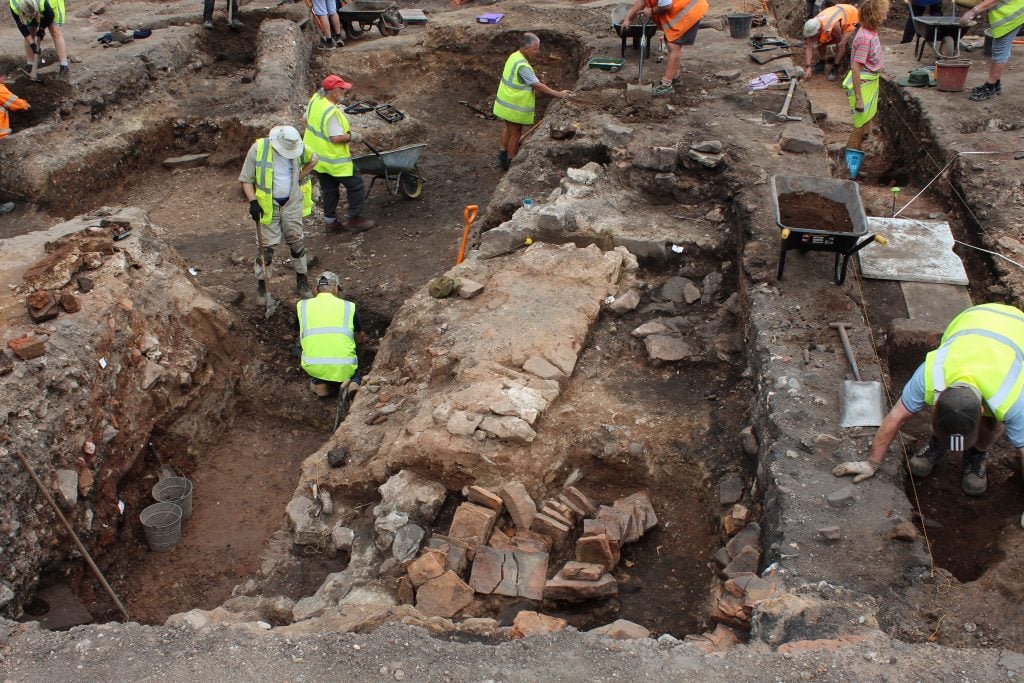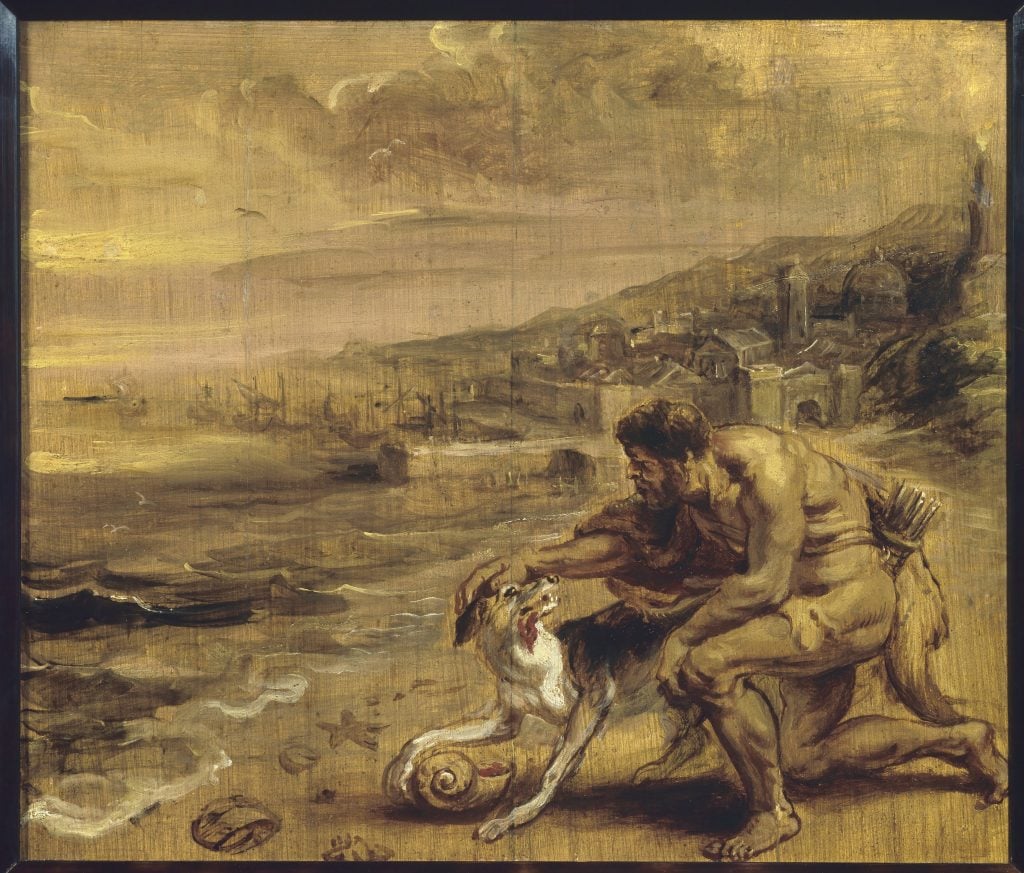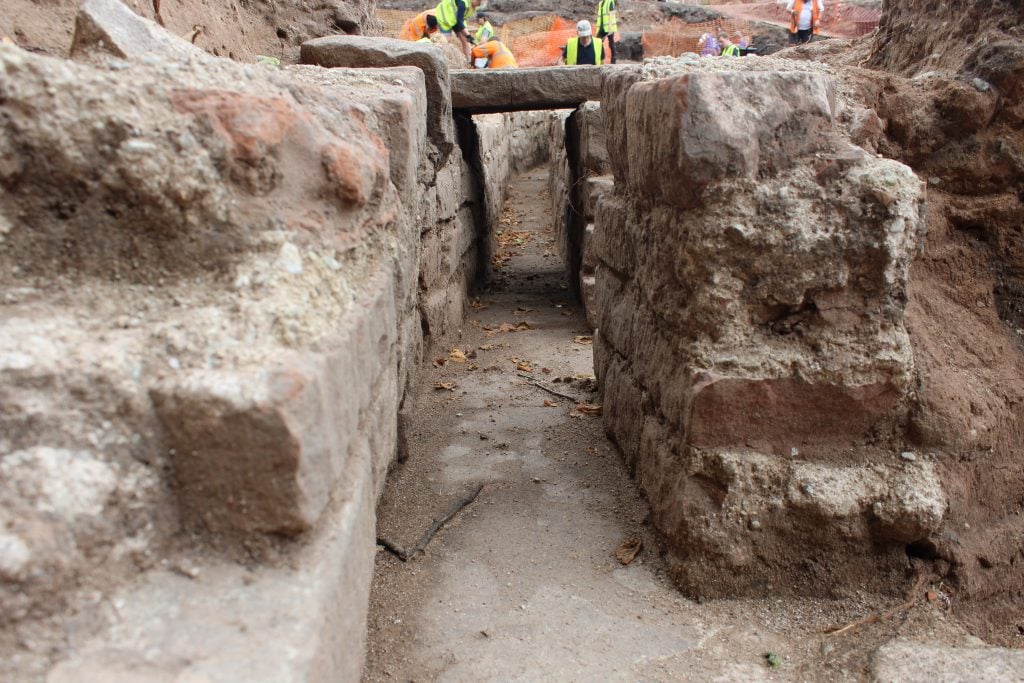Archaeology & History
Experts Unearth a Rare Clump of Ancient Rome’s Favorite Pigment
It is the first appearance of Tyrian purple in Northern Europe.

A dig on the grounds of the Carlisle Cricket Club in the U.K. has turned up a mysterious lump of a substance that researchers have identified as the pigment Tyrian purple.
The excavation is part of the ongoing project, Uncovering Roman Carlisle, which is investigating the remains of an ancient Roman bathhouse discovered during the construction of a pavilion at the Cricket Club in 2017. The building dates to the 3rd century, during the reign of emperor Septimius Severus. Last year, archaeologists recovered 34 gems, variously cut out of amethyst, jasper, and cornelian, from the drain of the bathhouse.

The excavation at the Carlisle Cricket Club in the U.K. Photo: Anna Giecco.
Their latest discovery was similarly found in the structure’s sewage system; it was analyzed by experts at Newcastle University. Within the organic pigment, they found contained levels of bromine and beeswax, making it most certainly Tyrian purple, a color with noble and royal associations.
Tyrian purple has its roots in the 15th century B.C.E., when the Mediterranean cities of Sidon and Tyre developed a process to produce the puce shade. The laborious procedure involved “milking” the gland of a sea snail to produce just one drop of liquid. Left to ferment under sunlight, the fluid changes its color from green to purple. The compound bromine is commonly found in algae and various other marine organisms.
Because Tyrian purple was intensely difficult to make, it was a pricey pigment, said to be worth three times its weight in gold. The Greeks dominated its trade, then the Romans. Over centuries, the hue was used on objects from sails to paintings, jewelry to cloaks. The 2nd-century Greco-Roman scholar Julius Pollux even immortalized the discovery of the pigment in his story about Hercules’s dog finding and biting a sea snail, which stained its tongue purple.

Peter Paul Rubens, The Discovery of Purple by Hercules’s Dog (c. 1636). Photo: Christophel Fine Art/Universal Images Group via Getty Images.
The Tyrian purple in Carlisle marks the pigment’s first appearance in Northern Europe. The quantity of pigment discovered makes it an even rarer find, according to Frank Giecco, technical director at Wardell Armstrong, which is overseeing the Uncovering Roman Carlisle project.
The discovery, he said, is “possibly the only example of a solid sample of the pigment in the form of unused paint pigment anywhere in the Roman Empire. Examples have been found of it in wall paintings (like in Pompeii) and some high-status painted coffins from the Roman province of Egypt.”

The excavation at the Carlisle Cricket Club in the U.K. Photo: Anna Giecco.
It further bolsters the researchers’ belief that the Roman bathhouse, located close to the largest fort on Hadrian’s Wall, was one of high status. Various artifacts previously excavated from the site bear this out—particularly an engraved stone fragment dedicated to Empress Julia Domna, wife of Severus, indicating that the Imperial court could have visited the region sometime in the 3rd century.
“For millennia, Tyrian Purple was the world’s most expensive and sought-after color,” said Giecco. “Its presence in Carlisle combined with other evidence from the excavation all strengthens the hypothesis that the building was in some way associated with the Imperial court of the Emperor Septimius Severus, which was located in York, and possibly relates to an Imperial visit to Carlisle.”





